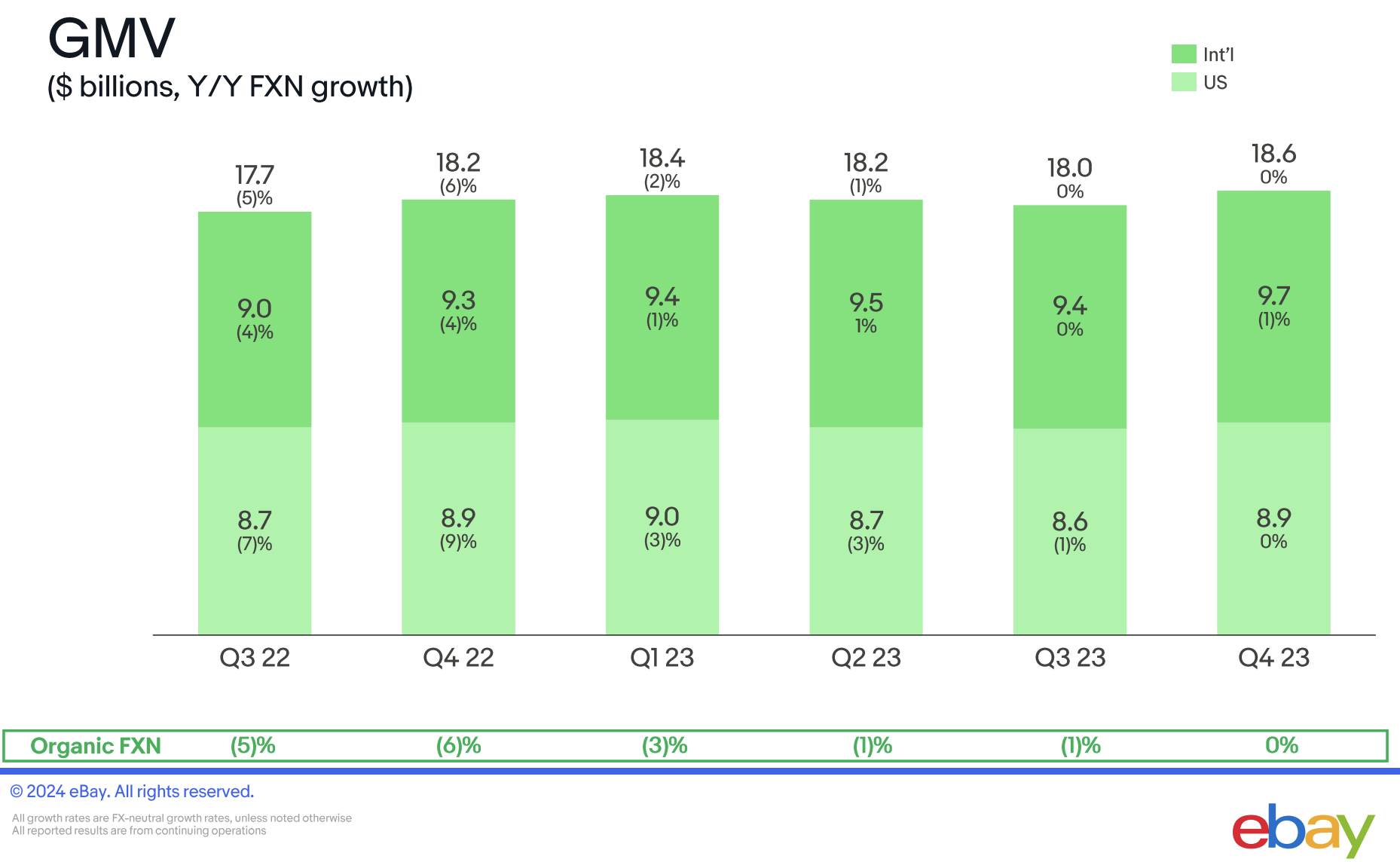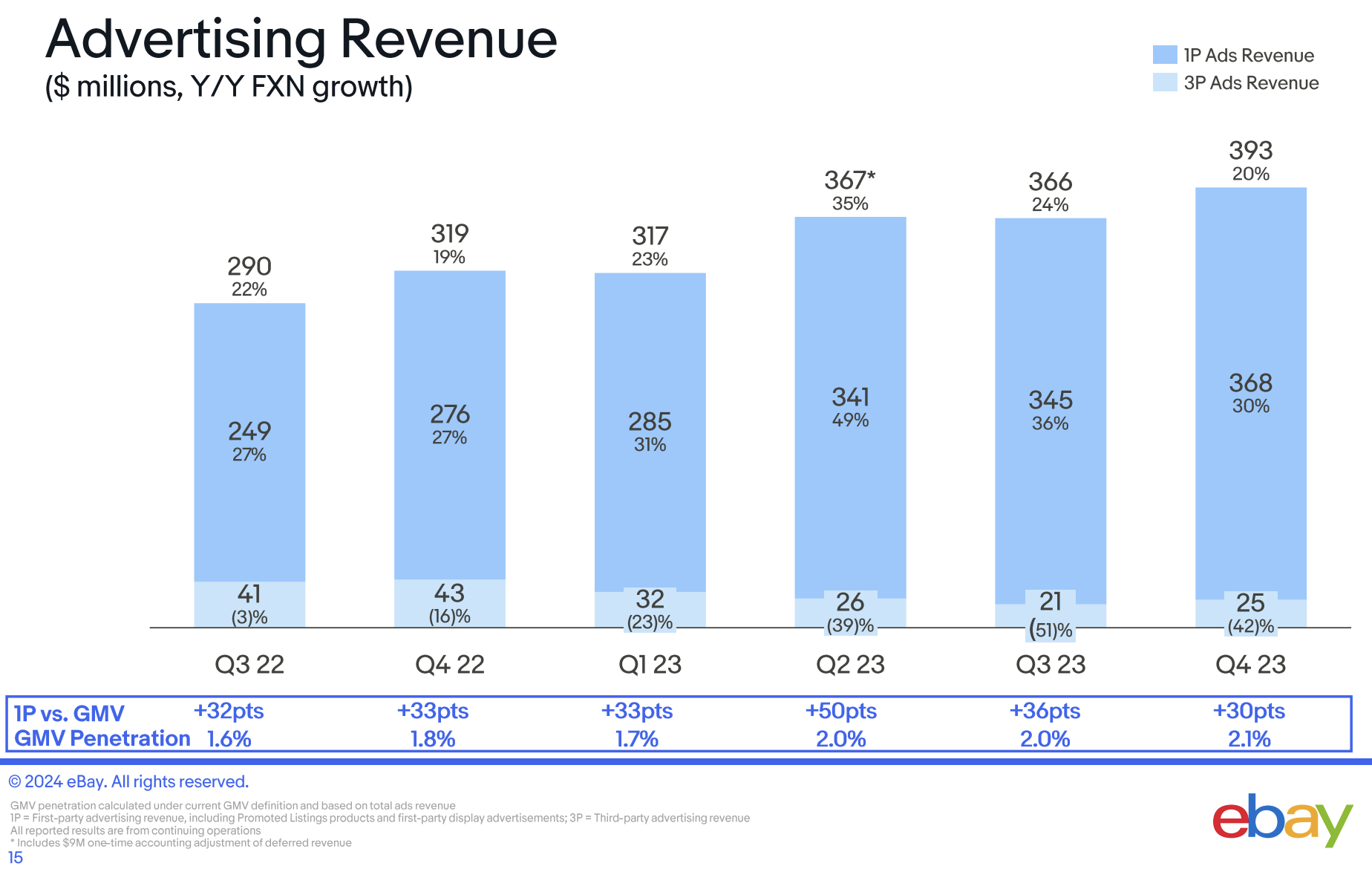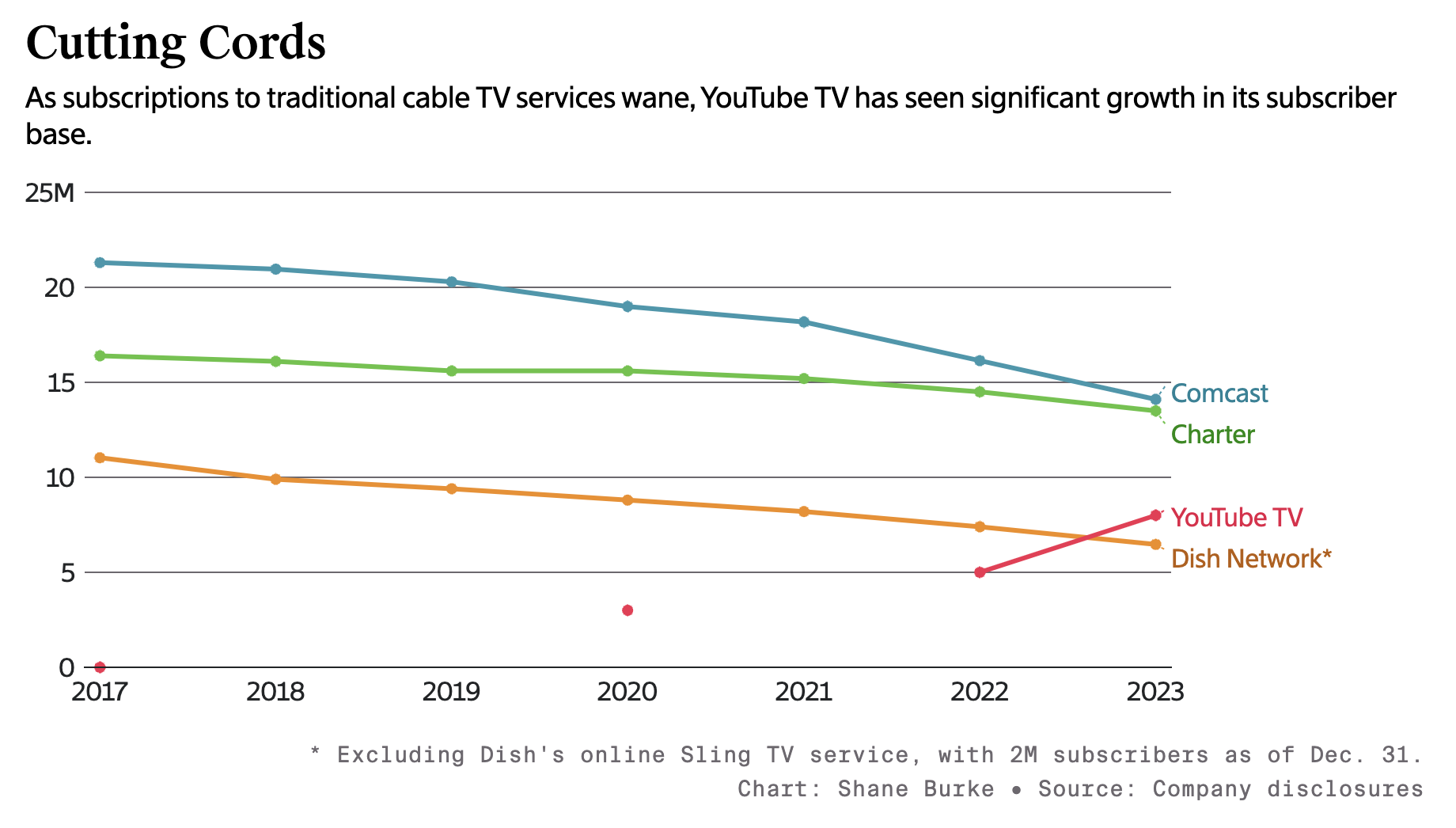One can’t help but be excited to see what comes of this:
“OpenAI may make one of the biggest tech announcements of the year in less than a week. Recent rumors suggest that the AI giant could announce a search engine to compete with Google on May 9, 2024.”
““Google shows you 10 blue links, well, 13 ads and then 10 blue links, and that’s one way to find information. But the thing that’s exciting to me is not that we can go build a better copy of Google search, but that maybe there’s just some much better way to help people find and act on and synthesize information,” said Altman”
What should be even more interesting is the Google response. They must be preparing for this announcement.






